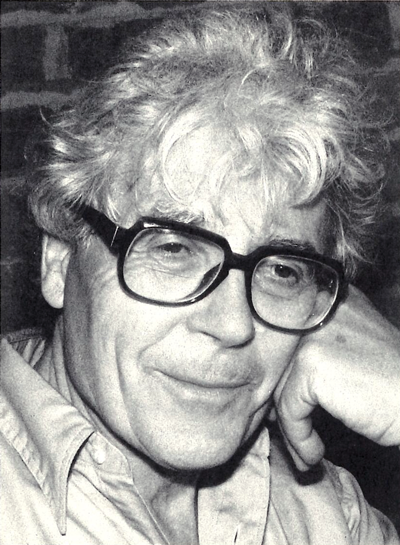James E. Lovelock received the Dr A.H. Heineken Prize for Environmental Sciences 1990 for the development of the Gaia hypothesis, in which he has been able to integrate knowledge from different scientific disciplines. In this theory, which represents an outstanding contribution to environmental science, he presents the earth as a living organism, in which there is a unity between animate and inanimate matter.
Professor Lovelock has made valuable contributions in a variety of scientific fields, including chemistry, physics, microbiology and medicine. In addition, he has been able to incorporate these individual disciplines into an integrated approach to scientific problems. The jury views this exceptional combination of specialisation and integration as one of Professor Lovelock’s most interesting qualities. During his scientific career his interest in the Earth and environmental research has become increasingly marked.
Gaia is becoming increasingly central in the study of environmental problems. He endeavours to show the closeness of the relationship between living and non-living processes, how feedback mechanisms can develop through natural selection, and how this has made continuing evolution possible for 3.5 billion years. This makes it clear how genetic processes of adaptation and evolution can lead to an improvement of the environment.
Professor Lovelock considers it wrong to study in isolation the various problems that affect the whole Earth. In his view the Earth must be viewed as a totality in order to understand where the gravest environmental problems occur. More than anyone else, he has been able to influence our thinking about man’s relationship with the environment. The Gaia hypothesis is at present being tested experimentally and the first positive results are beginning to emerge.
About the laureate
James E. Lovelock was born in Letchworth Garden City, UK, in 1919. After studying chemistry at Manchester University he took up a Medical Research Council post at the Institute for Medical Research in London. From 1946 to 1951 he was attached to Harvard Hospital in Salisbury, after which he returned to the Institute for Medical Research in London. He received a doctorate in medicine at the London School of Hygiene and Tropical Medicine in 1948 and in 1959 a D.Sc. in biophysics from London University.
In 1954 he was awarded a Rockefeller Travelling Fellowship in Medicine, which he chose to spend at the Harvard Medical School in Cambridge, Massachusetts. Subsequently, he spent a year at Yale University. He was appointed Professor of Chemistry at Baylor University College of Medicine in Houston, Texas, where he remained until 1964, since when he has headed an independent research institute, although continuing honorary research associations, first at the University of Houston and subsequently at the University of Reading in England.
From 1982 onwards he has been associated with the Marine Biology Association and since 1986 has served as its president.
In 1974 he was elected a Fellow of the Royal Society. He holds honorary degrees from the University of East Anglia, Exeter and Plymouth Polytechnic. He has received various awards for his scientific work.
